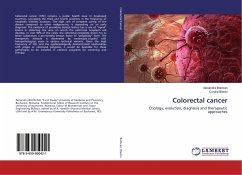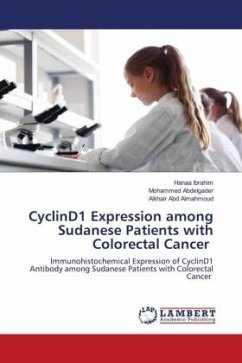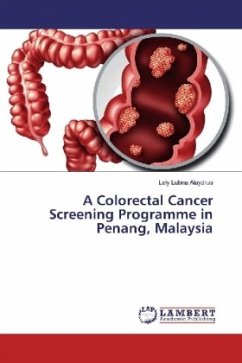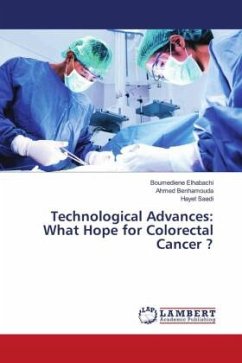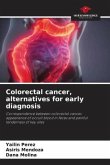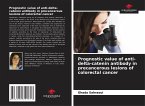Colorectal cancer (CRC) remains a public health issue in developed countries, occupying the third and fourth positions in the frequency of neoplastic diseases locations. The high rate of complete curing of the disease compared to other malignancies, is depending on an early diagnosis. The existence of preceding benign lesions has a role of "signal" lesions in detecting the area on which the colorectal neoplasm will develop. In over 90% of the cases, the colorectal neoplastic lesion has as lesion substratum a pre-existing benign lesion of "polyploidy" form. The therapeutic attitude is dominated by endoscopy coupled with histopathological exam in various technical variants. Given the high frequency of CRC and the epidemiologically demonstrated relationships with polyps or colorectal polyposis, it would be desirable for these pathologies to be included in national programs for screening and therapy.

